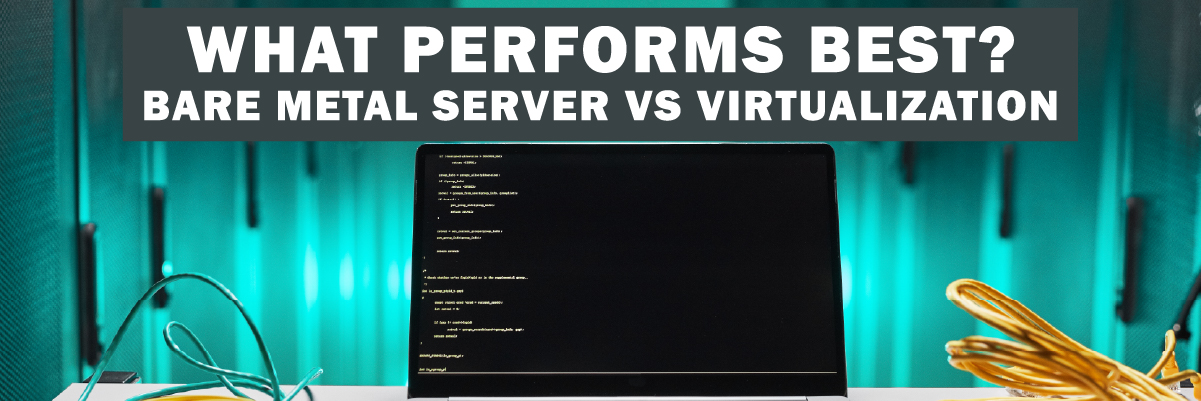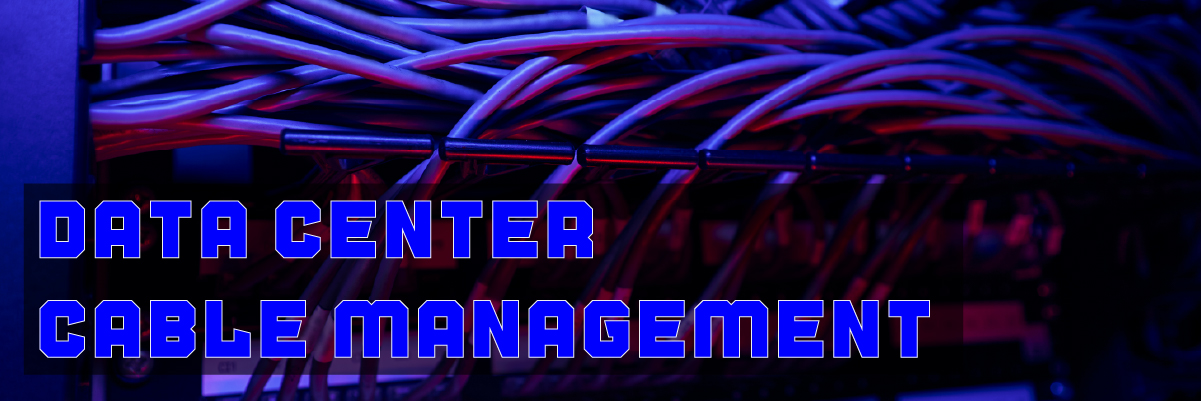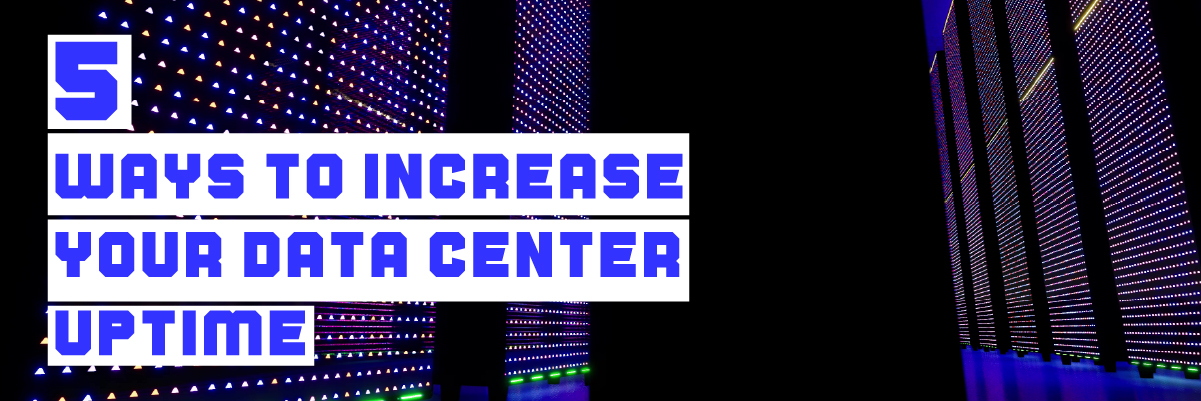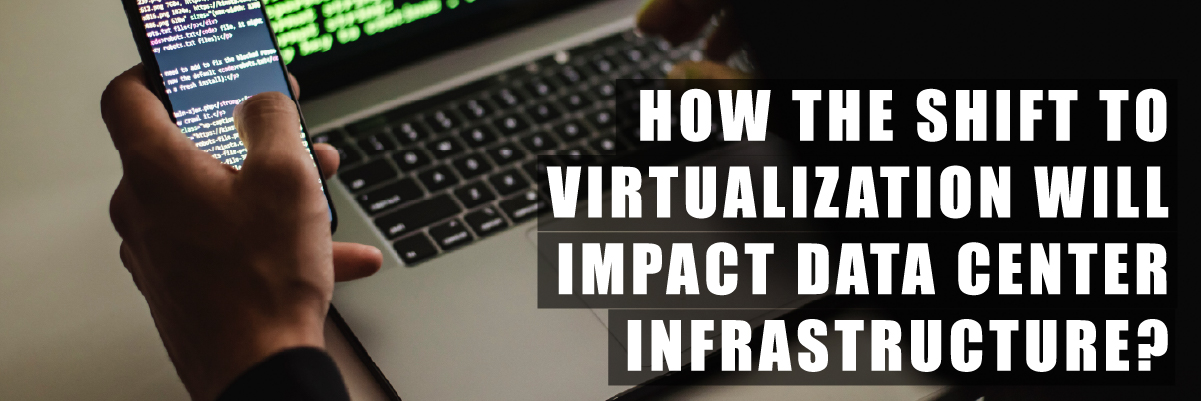Data Center Infrastructure Management
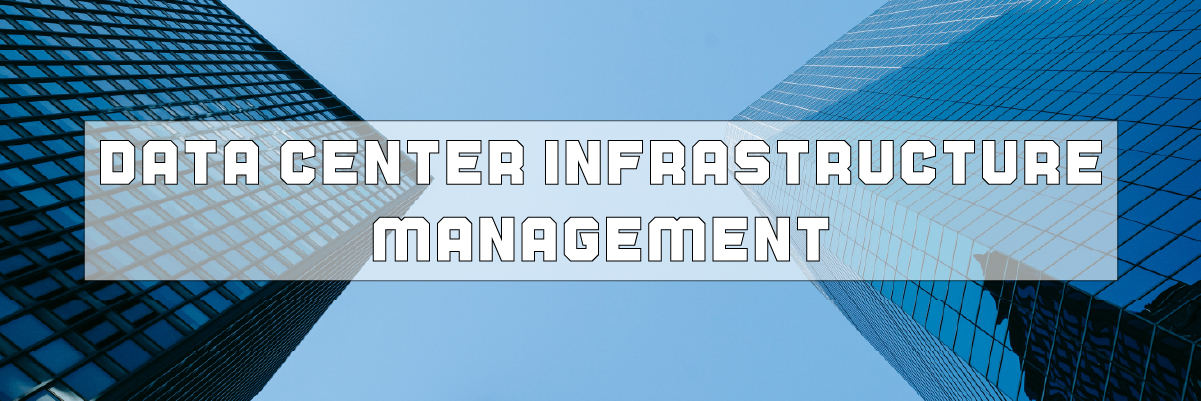
Data Center Infrastructure Management
Overview
Worldwide demand for new and more powerful IT-based applications, combined with the economic benefits of consolidation of physical assets, has led to an unprecedented expansion of data centers in both size and density. Limitations of space and power, along with the enormous complexity of managing a large data center, have given rise to a new category of tools with integrated processes – Data Center Infrastructure Management (DCIM).
Once properly deployed, a comprehensive DCIM solution provides data center operations managers with clear visibility of all data center assets along with their connectivity and relationships to support infrastructure – networks, copper and fiber cable plants, power chains and cooling systems. DCIM tools provide data center operations managers with the ability to identify, locate, visualize and manage all physical data center assets, simply provision new equipment and confidently plan capacity for future growth and/or consolidation.
These tools can also help control energy costs and increase operational efficiency. Gartner predicts that DCIM tools will soon become the mainstream in data centers, growing from 1% penetration in 2010 to 60% in 2014. This document will discuss some important data center infrastructure management issues.
We’ll also take a look at how a DCIM product can provide data center managers with the insight, information and tools they need to simplify and streamline operations, automate data center asset management, optimize the use of all resources – system, space, power, cooling and staff – reduce costs, project data center capacities to support future requirements and even extend data center life.
Why Data Center Infrastructure Management?
The trend for consolidation and construction of ever-larger data centers has been basically driven by economy-of-scale benefits. This trend has been accelerated and facilitated by technological advances such as Web-based applications, system virtualization, more powerful servers delivered in a smaller footprint and an overabundance of low-cost bandwidth. Not many years ago, most computer sites were sufficiently small so that the local, dedicated IT and facilities staff could reasonably manage most everything with manual processes and tools such as spreadsheets and Visio diagrams. It has now become painfully clear that IT and facilities professionals need better tools and processes to effectively manage the enormous inventory of physical assets and the complexity of the modern data center infrastructure. Experience shows that once a data center approaches 50-75 racks, management via spreadsheets and Visio becomes unwieldy and ineffective. The outward expansion and increasing rack density of modern data centers have created serious space and energy consumption concerns, prompting both corporate and government regulatory attention and action. DC has forecasted that data center power and cooling costs will rise from $25 billion in 2015 to almost $45 billion in 2025. Moreover, in a recent Data Center Dynamics research study, U.S. and European data center managers stated that their three largest concerns were increasing rack densities, proper cooling and power consumption. Seemingly overnight, the need for data center infrastructure and asset management tools has now become an overwhelming, high-priority challenge for IT and facilities management. At the highest level, the enterprise data center should be organized and operated to deliver quality service reliably, securely and economically to support the corporate mission. However, the natural evolution of roles and responsibilities among three principal groups within the data center – facilities, networking and systems – has in itself made this objective less achievable. Responsibilities have historically been distributed based on specific expertise relating to the physical layers of the infrastructure:
- Facilities: Physical space, power and cooling
- Networking: Fiber optic and copper cable plants, LANs, SANs and WANs
- Systems: Mainframes, servers, virtual servers and storage
Clearly, one major challenge is bridging the responsibilities and activities among various data center functions to minimize the delays, waste and potential operational confusion that can easily arise due to each group’s well-defined, specific roles.
What Is Data Center Infrastructure Management?
Basic Data Center Infrastructure Management components and functions include:
- A Single Repository: One accurate, authoritative database to house all data from across all data centers and sites of all physical assets, including data center layout, with detailed data for IT, power and HVAC equipment and end-to-end network and power cable connections.
- Asset Discovery and Asset Tracking: Tools to capture assets, their details, relationships and interdependencies.
- Visualization: Graphical visualization, tracking and management of all data center assets and their related physical and logical attributes – servers, structured cable plants, networks, power infrastructure and cooling equipment.
- Provisioning New Equipment: Automated tools to support the prompt and reliable deployment of new systems and all their related physical and logical resources.
- Real-Time Data Collection: Integration with real-time monitoring systems to collect actual power usage/environmental data to optimize capacity management, allowing review of real-time data vs. assumptions around nameplate data.
- Process-Driven Structure: Change management workflow procedures to ensure complete and accurate adds, changes and moves
- Capacity Planning: Capacity planning tools to determine requirements for the future floor and rack space, power, cooling expansion, what-if analysis and modeling.
- Reporting: Simplified reporting to set operational goals, measure performance and drive improvement.
- A Holistic Approach: Bridge across organizational domains – facilities, networking and systems, filling all functional gaps; used by all data center domains and groups regardless of hierarchy, including managers, system administrators and technicians.
A comprehensive Data Center Infrastructure Management solution will directly address the major issues of asset management, system provisioning, space and resource utilization and future capacity planning. Most importantly, it will provide an effective bridge to support the operational responsibilities and dependencies between facilities and IT personnel to eliminate the potential silos.
Once again your Data Center Infrastructure Management will prove invaluable by collecting, mining and analyzing actual historic operational data. Data Center Infrastructure Management reports, what-if analysis and modeling will help identify opportunities for operational improvement and cost reduction so you can confidently plan and execute data center changes.




